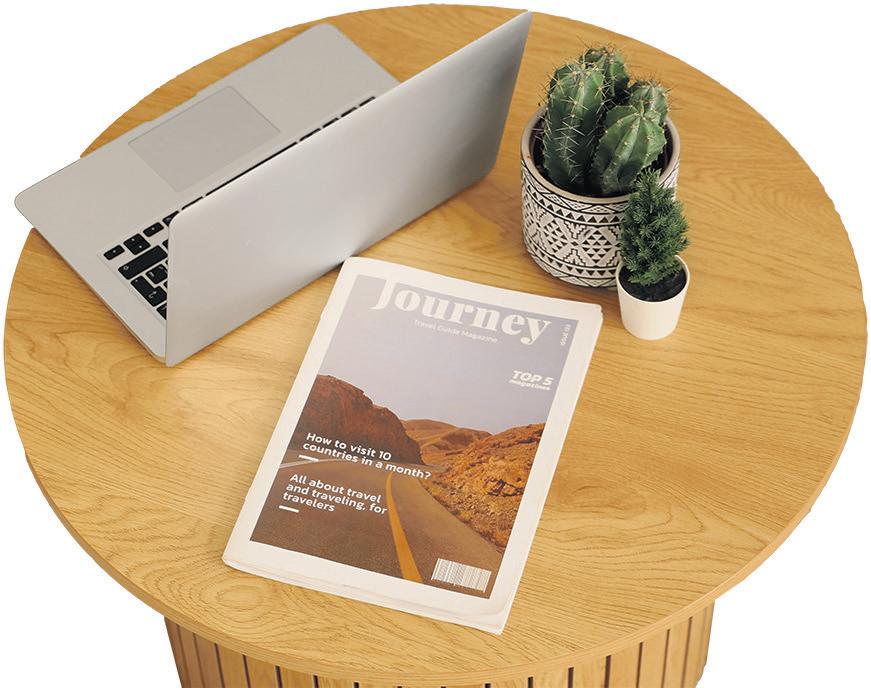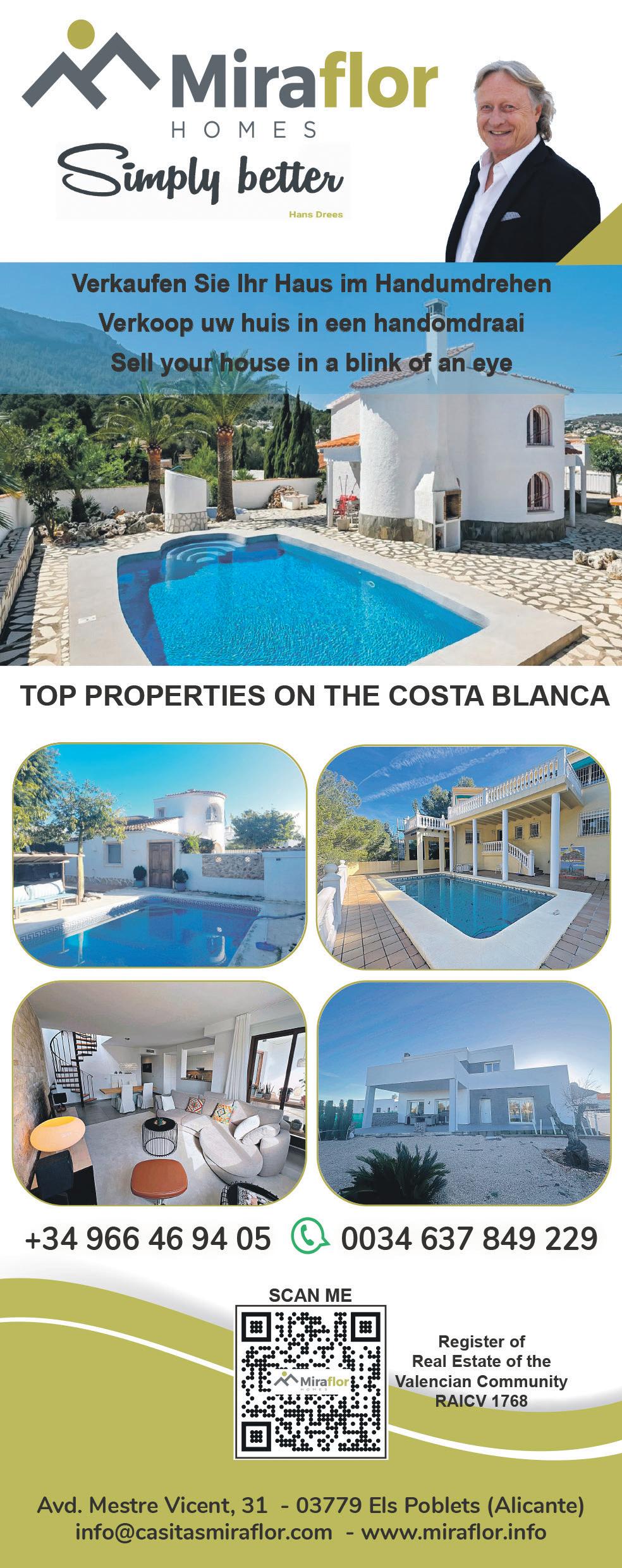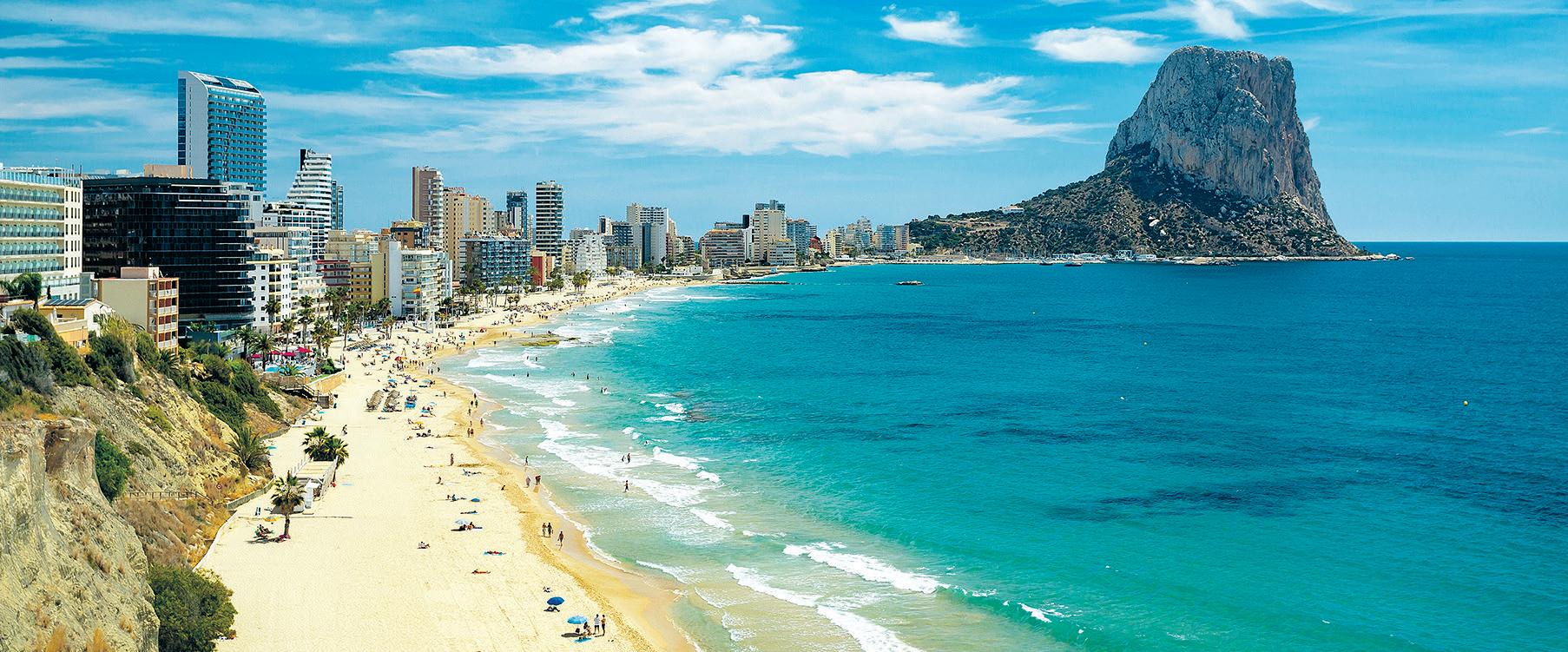

The coast with the most
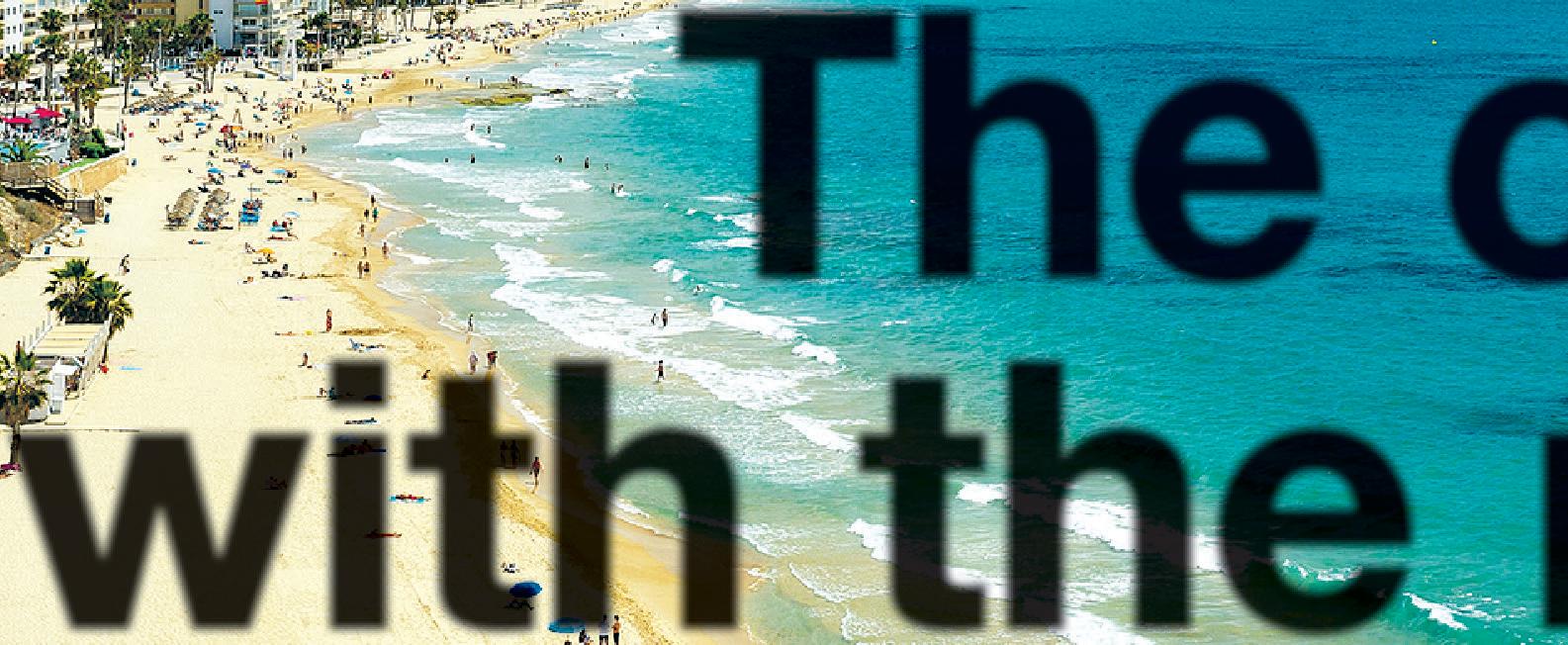
THE 2025 Costa Blanca property scene is alive and kicking. According to Engel & Völkers, average apartment prices now stand at €2,971 per m² - a 6.4 per cent increase year on year, while houses average €2,496/m², up 8.3 per cent. Across the wider Valencian Community, new dwellings surged 23 per cent in 2024 and urban land prices climbed 2 per cent annually, according to Global Property Guide - clear signals of accelerating demand.
Local experts also point to significant


differences between Costa Blanca’s northern and southern markets. While the north appeals to buyers seeking traditional villas and natural scenery, the south draws interest for its long beaches, golf resorts, and vibrant international communities. According to Spanish Property Insight, sales across the Costa Blanca North rose by 6 per cent year-on-year in early 2024, with 29,366 transactions recorded. Growth is balancing after a post pandemic surge, but investor appetite - especially from the
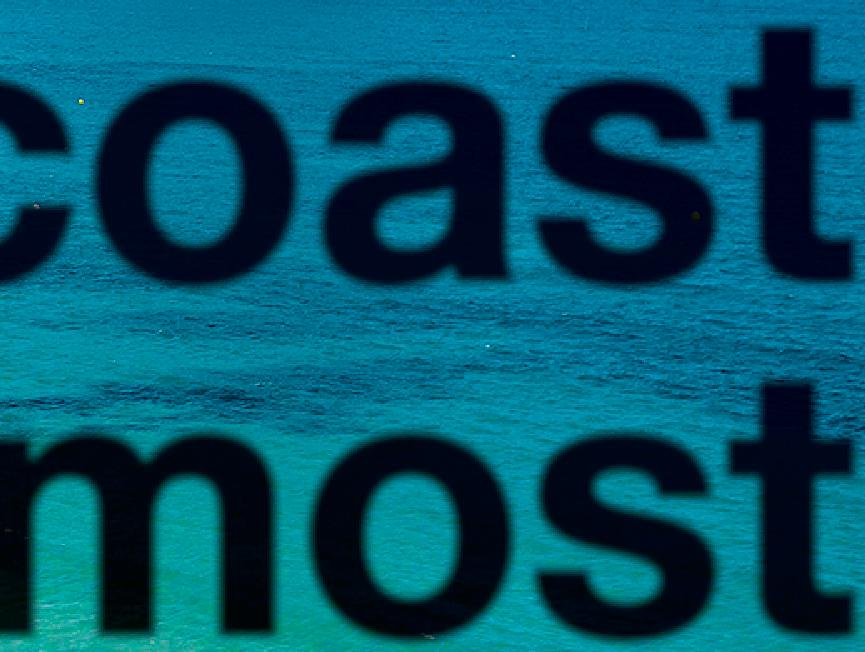
UK, Northern Europe and the increasing remote worker demographic - remains strong.
On the national stage, Spain’s resale home prices jumped 10.7 per cent by November 2024, reaching €2,244/m². This is the fastest increase since 2006, according to Idealista. Rentals also rose sharply: average monthly rents across Spain hit €14/m² in early 2025 - a 10.3 per cent annual increase - driven by intensifying demand. These trends are echoed locally, reinforcing the appeal of
Costa Blanca’s holiday rental and livin’ la vida loca markets.
Read on for a finely tuned summary of the Costa Blanca property market. From urban hubs and tranquil seaside villages to general homeware trends and advice. Whether you’re seeking a holiday home, retirement haven or rental investment, step confidently into today’s vibrant Costa Blanca property scene. With demand outpacing supply in many towns, buyers are acting fast to secure their spot in this sun-soaked Spanish region.











































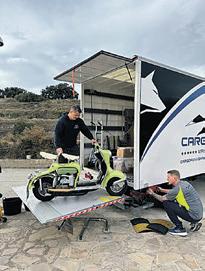

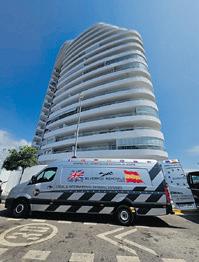
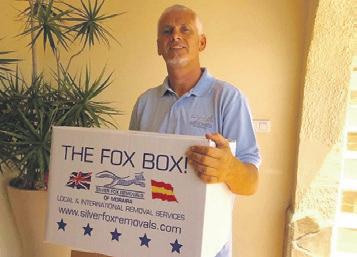




How to make sure your solar generated electricity works after a power outage
DUE to the power outage on the entire Spanish mainland, we have received many questions from (future) customers about their solar power systems.
Many customers who already have a solar power system plus a home battery were still without power.
Why this happens
A standard solar power system (inverter + solar panels) needs power from the grid to function. So if the power fails, the system will also stop until it measures the mains voltage again and can restart itself automatically.
Some customers have an inverter + solar panels + a battery; in this case too, the system will not automatically switch to the batteries in the event of a power failure and the house will also be without power.
The option to ensure that there is still power in the house
Solar Panels + Inverter + Batteries + Back up box
Solar NRG | Prevent Power Outage with Inverter + Solar Panels + Batteries + Back up box
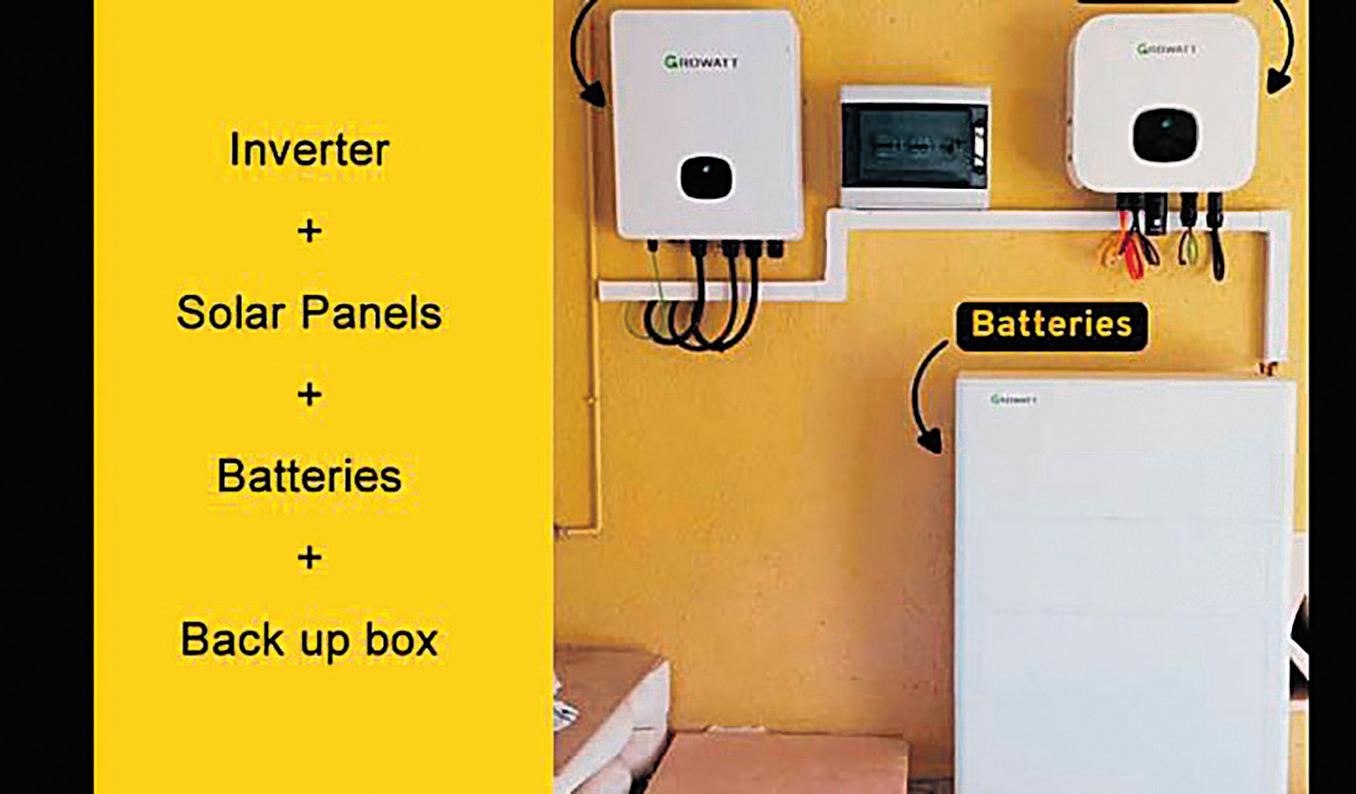
With this combination, the backup box will take over in case of power failure and the system and house will continue to function normally/partly.
The photo is an example of one of the types of solar energy installations we supply. If you have a different installation, there may be possibilities for your installation as well.


Contact us
If you are interested in these options and want to know what and if it is possible for your situation, send an email to bart@solarnrg.es and he will get back to you as soon as possible with a proposal.
Email: bart@solarnrg.es • Web: https://www.solarnrg.es

Silver Fox Removals:

Your dependable moving partner on the Costa Blanca
RELOCATING your home or office can feel like a daunting task, but Silver Fox Removals, based on the picturesque Costa Blanca, is here to make it smooth and stress free. Whether you’re planning a local move, a national relocation within Spain, or heading across borders, their expert team takes care of the details so you don’t have to.
Known for their reliability and personalised approach, Silver Fox Removals caters to a wide range of needs, from family moves to commercial relocations. Their services include secure packing, storage options, and special care for fragile or high-value items, all delivered with professionalism and a
ADVERTISING FEATURE

personal touch.
International moves can involve complex paperwork and logistics, but Silver Fox handles customs and coordination with ease, making the process far less intimidating. Their modern fleet and experienced staff ensure your belongings arrive safely and on schedule.
Situated in the heart of Costa Blanca, the company has earned the trust of both locals and expatriates. With a reputation for efficiency, affordability and care, Silver Fox Removals has become a go to solution for anyone seeking a hassle free moving experience in Spain and beyond.
When it’s time to move, whether down the street or across the globe, Silver Fox Removals ensures your journey begins on the right foot. Please visit our website www.silverfoxremovals.com, or call 966 495 097 / 636 609 555 or email andrew@silverfoxremovals.com. Calle Gremis 33. Teulada 03725, Alicante.
Retro revival
RETRO bathrooms are enjoying a big comeback, and it’s easy to see why. They bring charm and personality that modern, minimalist spaces often lack. Moving away from plain white schemes, today’s designs celebrate bold colours, fun patterns, and vintage character.
Bringing retro style into your bathroom doesn’t mean copying the past exactly. It’s more about blending old and new. A patterned wallpaper with a vintage print is an easy way to start. Adding bold colours, like soft pinks or mint greens, helps capture that nostalgic feel without being overwhelming. You can also go classic with black-and-white checker board tiles, or bring in retro materials like terrazzo, which was big in the mid-20th century. A free-standing bath with curved lines, inspired by Art Deco or Victorian styles, adds elegance and a touch of drama.
Mixing pieces from different decades can give your bathroom a well-loved, lived-in look.
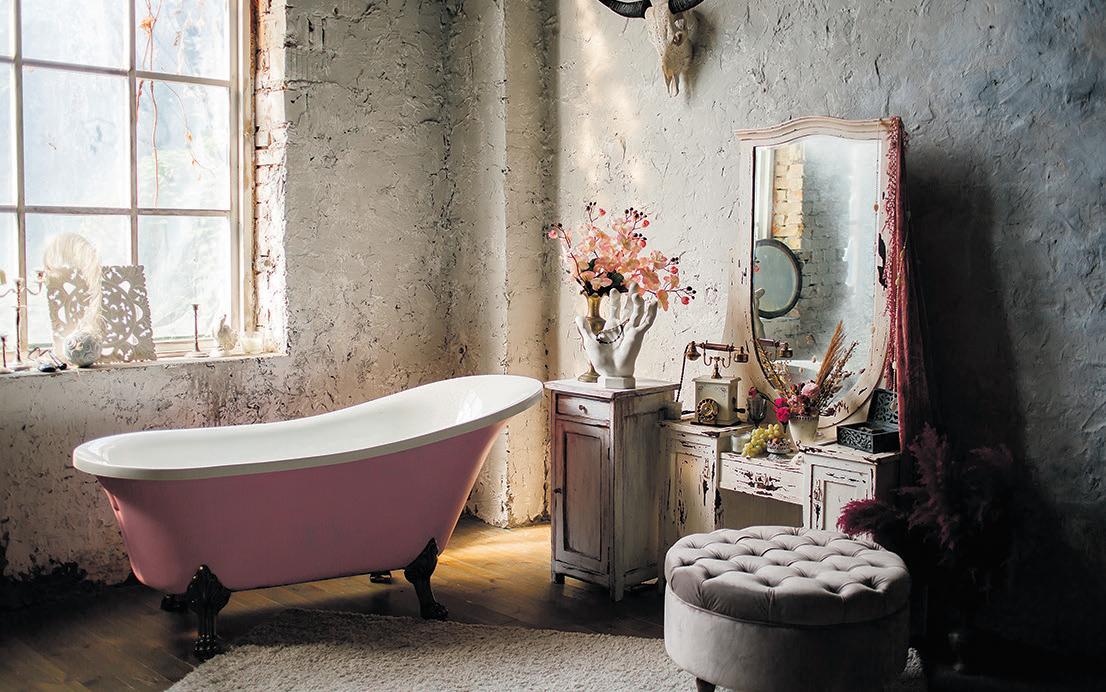
Image: Pavlovska Yevheniia / Shutterstock.com
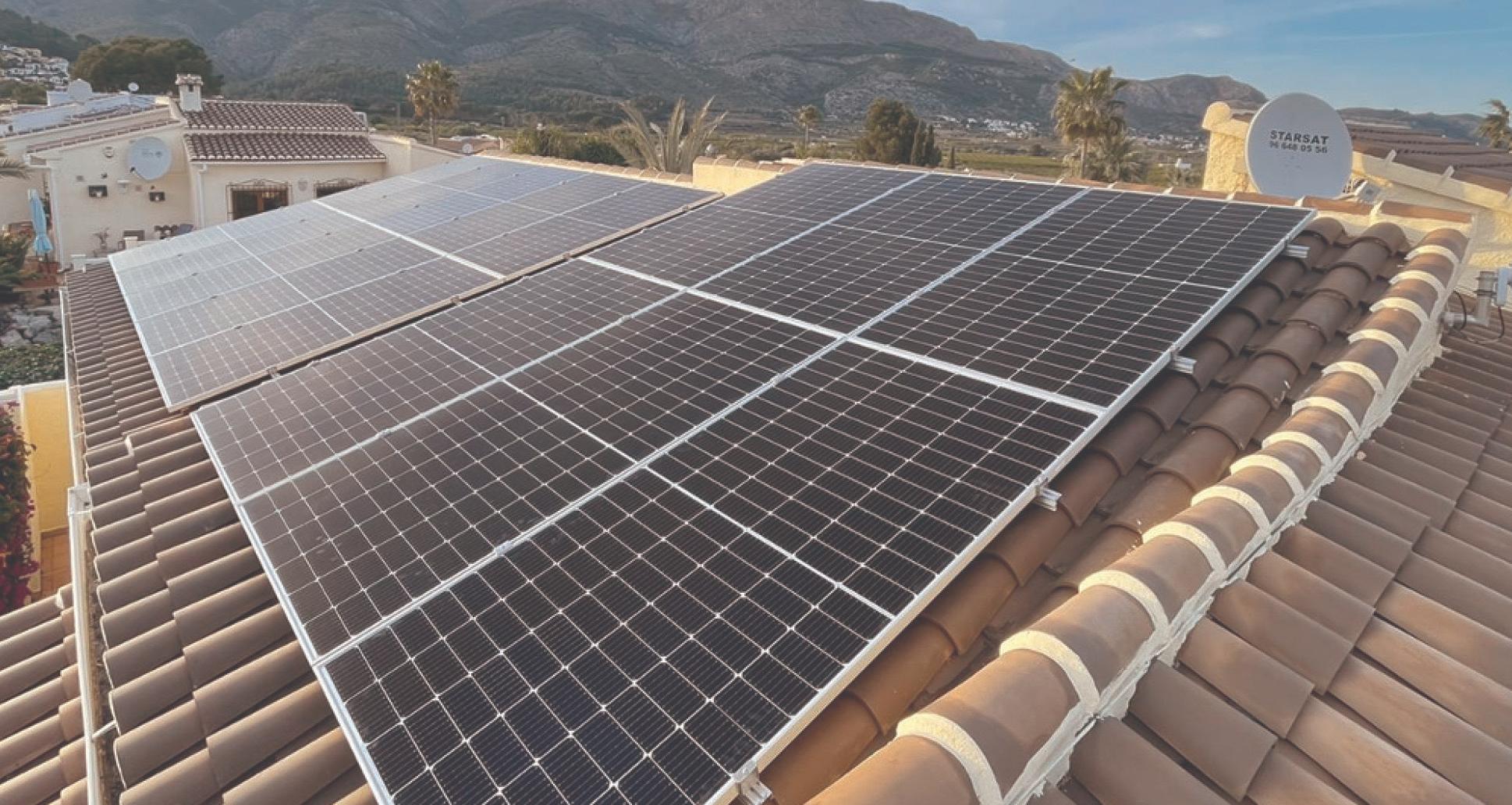














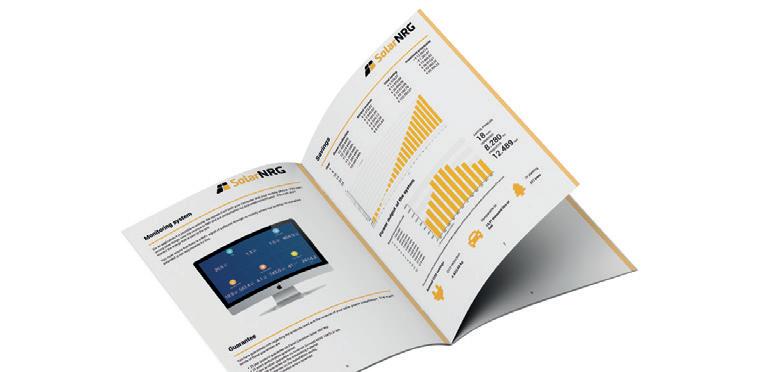






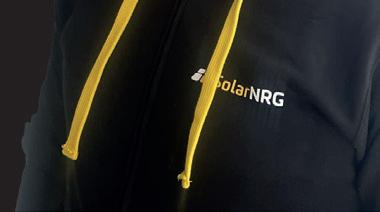
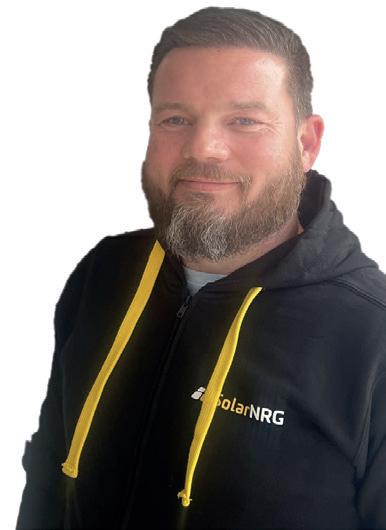
Energy hog
THINK your fridge or washing machine is to blame for high energy bills? Think again. In Spanish homes, the biggest energy guzzler is often hiding in plain sight: the induction hob.
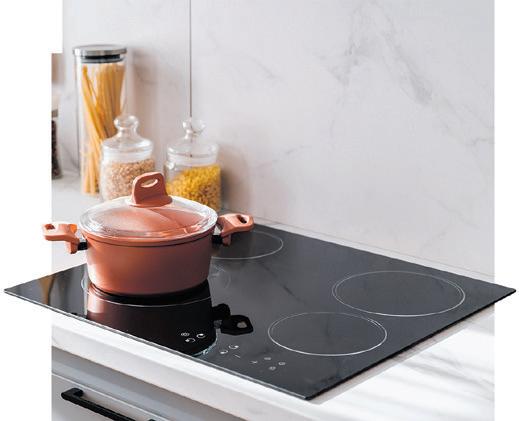
That sleek surface where you boil pasta or fry eggs uses more electricity than most other appliances.
While fridges and dryers run longer, the induction hob draws huge power in short, intense bursts, especially when all burners are cranked up.
Over time, those quick sessions add up. Electricity prices in Spain have climbed steadily, making energy awareness vital for saving money, not just for being eco-friendly.
People often unplug TVs, use LED bulbs, and limit heating, but the kitchen hob slips under the radar.
You don’t need to give up home-cooked meals to cut costs.
Smarter cooking habits help: use lids on pots to speed up heating, try batch cooking, turn off the hob early to use residual heat, and stick to medium power when possible.
Also, some Spanish electricity plans offer cheaper rates during certain hours, like mid-afternoon or late at night.
Timing your cooking sessions could make a real difference. The next time you’re at the stove, think before blasting every burner on high.
Your energy bill - and your budget - will thank you.

Landlord tax
LANDLORDS in Spain could be missing out on thousands of euros if they’re not claiming appliance costs on their tax returns. Renting out a property isn’t cheap, especially when tenants expect fully equipped kitchens with fridges, washing machines and ovens as standard.
But under Spanish tax law, landlords can deduct part of the cost of those appliances - provided certain conditions are met. The rule is simple: the appliance must be installed, in use, and serving the rental property for at least one year. Short-term rentals or spare items kept in storage don’t qualify.
Instead of claiming the full amount at once, landlords must amortise the cost over timetypically deducting 10 per cent of the purchase price each year. For example, a €600 oven


would allow a €60 annual deduction. Over time, those savings can add up. The deductions aren’t just limited to kitchen gear either. Improvements like air conditioning units, stair lifts, heating systems and even security doors can also be included, provided they enhance the property’s livability.
Tax consultant Juan
landlords to make the most of these benefits, reminding property owners that smart investments not only attract better tenants but also ease the financial burden come tax season. In Spain’s increasingly competitive rental market, every euro counts - and knowing how to recover costs legally could give landlords a
Gutiérrez advises much-needed edge.
Shared property in Spain
or adding plants to the building entrance or place solar panels on the roof? Who decides on the colour of doors and façades in a residential complex, or when the lift will be repaired?
In Spain, decisions like these are not left to individual homeowners. Instead, they’re typically regulated by the junta de propietarios - the residents’ meeting that governs shared properties under the Spanish Horizontal Property Act (Ley de Propiedad Horizontal, LPH).
These meetings are the core decision-making body for any building or residential complex. They approve budgets, discuss maintenance, and vote on changes like installing solar panels or upgrading lifts. Each homeowner has the right to attend and vote - but only if they’re up to date with community fees. Tenants and non-owners can only join if they hold written authorisation from an owner.
There are two types of meetings: ordinary (held at least once a year for routine matters) and extraordinary (called when urgent issues arise). Extraordinary sessions can take place as often as needed and may be
triggered by the president or a group
representing at least 25 per cent of the ownership shares.
Meeting notices must be communicated clearly, with at least six days’ notice for ordinary sessions.
Channels can include email, printed notices or even WhatsApp - if all owners have agreed on that method. If meetings are called incorrectly, their decisions
Renewable energy installations require one-third of owners to approve, accessibility upgrades need a simple majority, and changes to community statutes demand unanimous agreement. Importantly, improvements considered non-essential can’t be forced on dissenting owners if they don’t benefit directly. Since the pandemic, many

meetings. Still, digital tools have helped
increase participation, especially for voting and sharing information. Ultimately, the junta de propietarios ensures that life in communal spaces runs smoothly. For expats navigating Spanish property life, knowing the rules - and their voting rights - is the first step to becoming an active and informed neighbour.
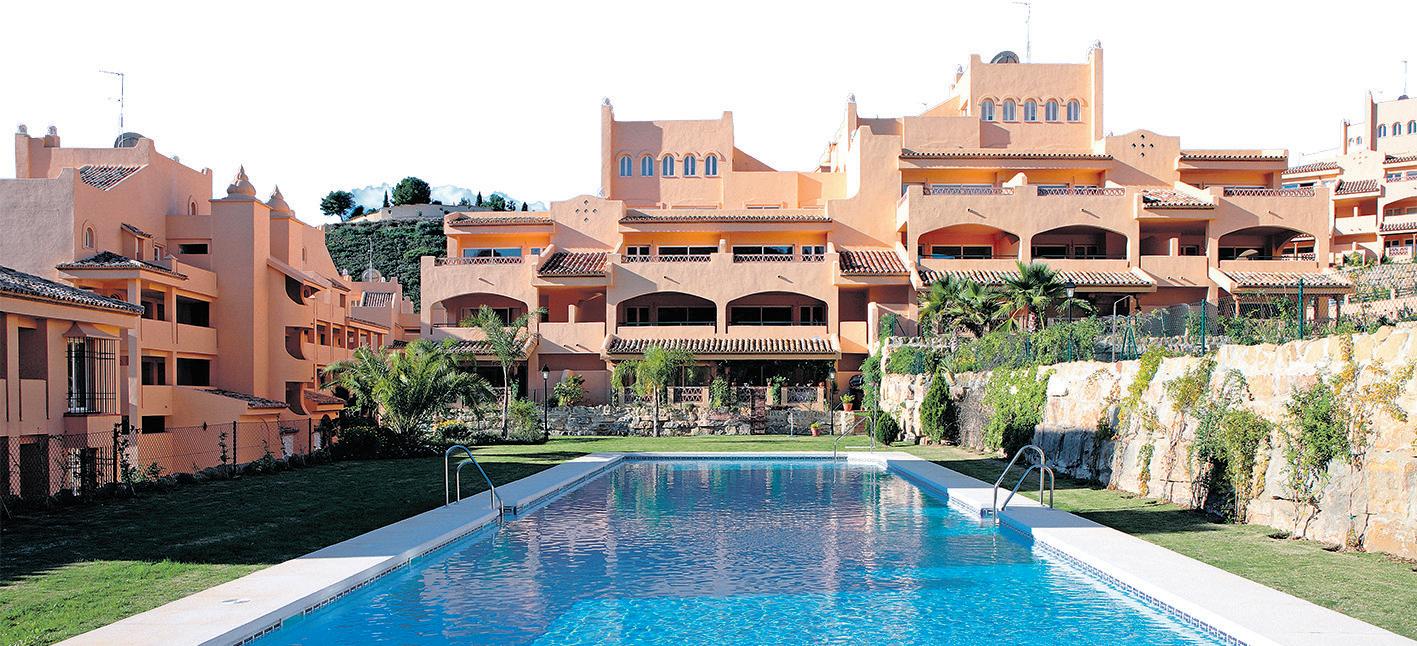
Landlords in Spain can claim appliance deductions on their 2024 tax return.
Floor
CHOOSING
the right kitchen flooring can be a challenge, with wood and tile being the most common options. But with so many new styles emerging for 2025, there’s more variety than ever.
Designers are favouring a mix of classic and modern looks, offering options that are both stylish and long-lasting.
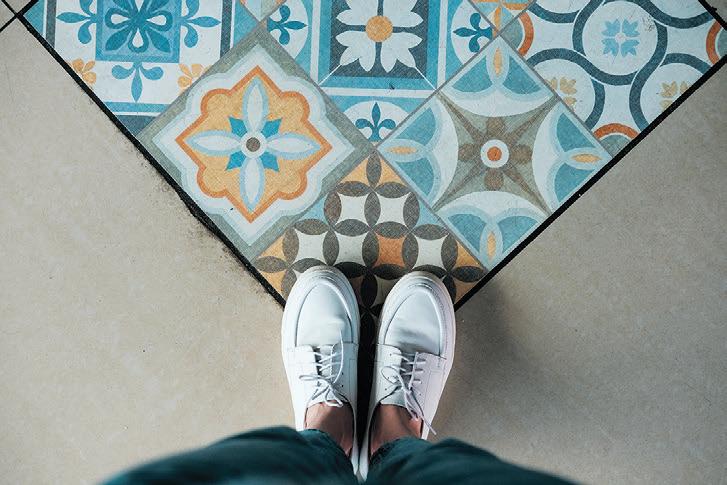
Natural wood floors are making a strong return, bringing warmth and a softer feel underfoot. They also help create a seamless flow between rooms. For those after a more rustic style, textured stone or brick floors are growing in popularity, adding depth and character to the space.
Patterned tiles are
another big trend, offering a playful way to introduce colour without overwhelming the room. These designs can add personality while still feeling timeless. Texture is also key this year, with finishes that mimic natural surfaces like aged wood or stone now in demand.
Many homeowners are choosing floors that blend with their
kitchen units, creating a clean, unified look. Matching tones and finishes between cabinetry and flooring helps make the room feel larger and more cohesive. Whether you prefer wood, tile, or stone, the focus in 2025 is on comfort, natural tones, and thoughtful design that stands the test of time.
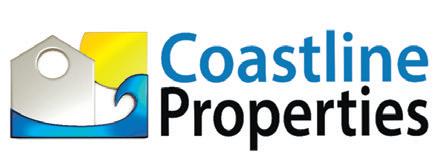
Experienced Estate Agents at your service
COASTLINE PROPERTIES is an established, trusted independent estate agent with over 20 years’ experience, based in Denia, covering the northern Costa Blanca.
Founder Philip Westerby says: “With our extensive knowledge of the region, combined with our property portfolio (which includes a wide range of villas, townhouses, bungalows and apartments) and our personalised service, we are confident that we will be able to find your dream property.”
We pride ourselves on our high-quality service and professional advice, which is reflected in the comprehensive recommendations of our many satisfied clients. Our expertise will help you at every step of the buying process, and we also offer a complete service for owners looking to sell their property.
The following services are included
ADVERTISING FEATURE
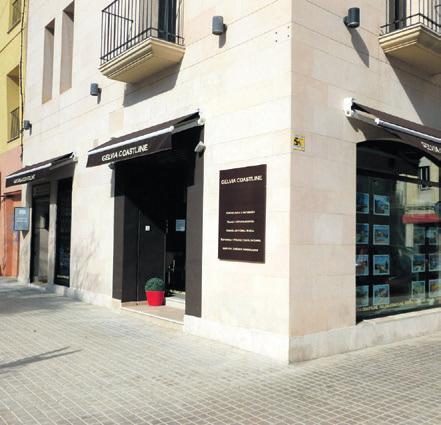
free of charge when buying a property with us:
• Location identification
• Property search, viewing and showing
• Negotiation of terms, price and contract
• Accompaniment and translation at the notary
• Help with money transfers
• Recommendations to qualified Spanish tax advisors and lawyers
• Help with opening a Spanish bank account
• Assistance with bank mortgages
If you need advice or a free valuation, please contact Philip Westerby. Through our website:www.coastlinepropertiesspain.com WhatsApp: +34 606 798 213 | info@coastlineproperties.es


A guide to buying land to build your dream home in Spain
MORE and more expats in Spain are ditching the search for a ready-made home and opting to build from the ground up. Whether it’s the appeal of designing every detail yourself or simply a way to get better value for money, buying land and building your own property offers a unique opportunity.
But it’s not without its complications. If you’re thinking about going down this route, it pays to understand the key steps and potential pitfalls before you break ground.
Choosing the right plot
Spain categorises land primarily into two types: rústico and urbano. Rústico land is typically rural and often lacks essential infrastructure, making it unsuitable for residential construction. Conversely, urbano land is designated for development and usually has access to utilities like water, electricity, and sewage systems. However, even urbano plots may require additional investments to ensure full habitability.
Before purchasing, you’ll want to obtain a nota simple from the Land Registry to check for any existing debts or
ACROSS Spain’s coastal regions, more and more buyers are turning their attention to something a little different: run-down fincas, cortijos, and abandoned old townhouses.
These forgotten buildings, often perched in peaceful countryside spots with sea views or located in historic villages, are becoming a surprising trend with both locals and international buyers.
While modern homes still appeal to many, there’s something about old stone walls, traditional roof tiles, and the charm of a place with history that draws people in. Many buyers say they’re tired of ‘copy-paste’ homes and want something with more character. Restoring an old building allows them to create a home that stands out by blending original features with modern comfort.
In coastal areas where land is limited and new builds can be more expensive initially, restoring an old character property can also be a smart way to get more space for your money. However, it’s not always cheaper overall, renovations take time,
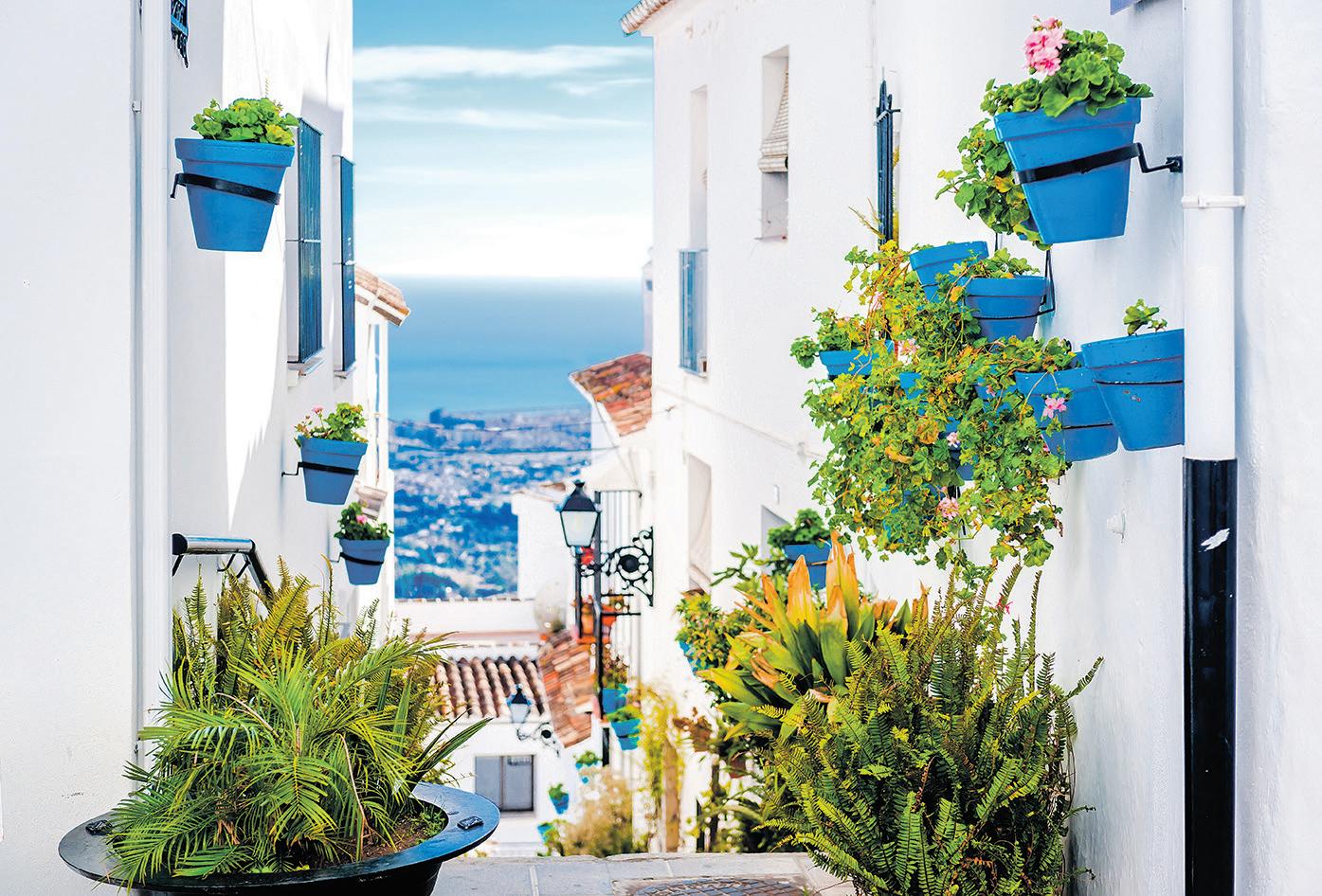
legal issues associated with the land. Additionally, consulting the local Plan General de Ordenación Urbana and obtaining a certificado urbanístico will provide insights into zoning regulations, building restrictions, and permissible land use.
Understanding the timeline
Building a home in Spain is a marathon, not a sprint. The design phase can span several months, followed by a four to six week period to prepare the building licence application. Approval for this licence may take additional months or even years, depending on the municipality. Once construction commences,
expect a timeline of up to two years before completion.
Financial planning and currency considerations
Financing a self-build project involves more than just the cost of land and construction. Additional expenses include surveys, legal fees, permits, and utility connections. It’s essential to create a comprehensive budget that accounts for these variables.
Those expatriates wishing to transfer funds to Spain to finance the project will also need to consider how fluctuating exchange rates can significantly impact their overall costs.
Unfavourable exchange rate movements can lead to unexpected expenses. While transfer fees can also eat into your budget.
With Currencies Direct you’ll benefit from competitive exchange rates, no transfer fees and a range of transfer options to help your money go further.
Learn more about Currencies Direct by contacting your local branch. Alternatively, pop into one of our branches and speak to our multilingual experts.
Restoring Ruins
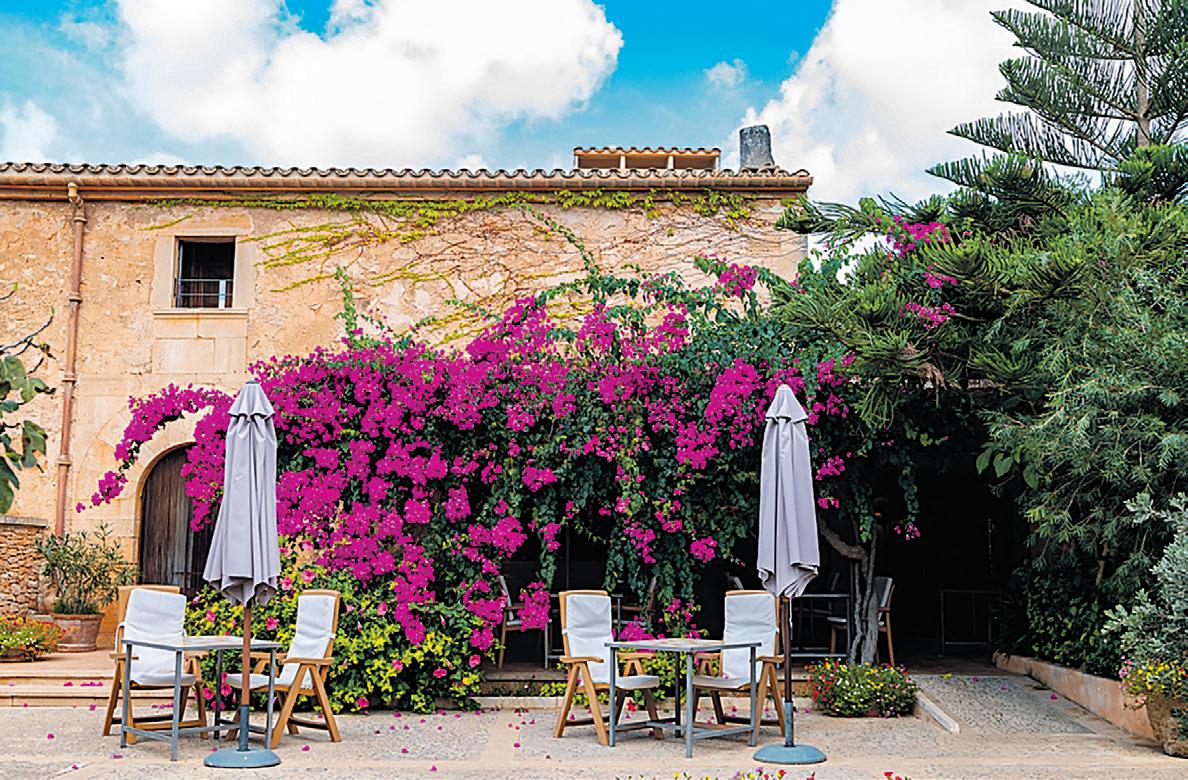
patience, a solid budget, and maybe even some DIY skills.
For many, it’s more than just a home, it’s a project with meaning. Some buyers enjoy
learning about traditional building methods and working with local tradespeople to keep the style of the area alive. Others want to live more sustainably,
using natural materials and solar energy to bring life back to old walls without harming the environment.
Restoring a ruin isn’t for
everyone. Buyers should always check that the property is legal and that planning permission can be granted for the work they want to do. Rules can vary depending on whether the building is in a protected rural zone or a historic village. Before signing anything, it’s wise to hire a qualified building surveyor to assess the structure. Some old character properties may look charming, but can be structurally unsafe or require more work than expected. A detailed report can help avoid costly surprises.
Local property experts and estate agents can also be invaluable. They usually have trusted contacts like surveyors, architects, and legal advisors who understand the local regulations and can guide you through the process. Having the right team makes all the difference when taking on this kind of project. Still, if done right, restoring an old finca can be incredibly rewarding. Not only do you get a beautiful home full of character, you also help preserve the unique style and story of Spain’s coastal communities.
Find your Dream Property with Miraflor Homes
MIRAFLOR HOMES is an established estate agency offering a wide variety of properties. Based in Els Poblets, in Denia, Miraflor Homes has become a trusted name in the local property market.
We sell different kinds of properties, including villas, bungalows, detached and semi-detached houses, townhouses, plots, apartments, and new construction. In addition, we offer both short- and long-term rentals, catering to a broad range of client needs.
With a multilingual team of experienced professionals with more than 25 years of experience in the real estate sector, we ensure every client feels understood, supported, and confident throughout the buying or selling process. Communication is key - and we take the time to listen and guide you every step of the way.
We cover the entire Marina Alta region (Alicante) and also the Oliva area (Valencia), and our service is not limited
ADVERTISING FEATURE
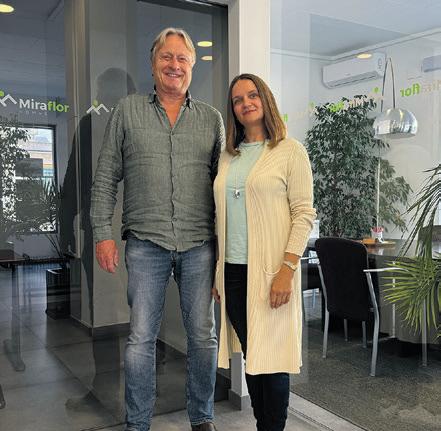
to buying or selling a property. We accompany our clients through every stage of the process.
Miraflor Homes is also part of an MLS real estate association with more than 20 members, with whom we collaborate to find the property that best matches our clients’ wishes and needs. All contracts are drawn up in both the client’s native language and Spanish, providing clarity and peace of mind.
We offer a wide range of prices, from very affordable options to luxury properties, with the majority priced between €250,000 and €600,000.
For more information, contact us directly or visit our website: www.miraflor.info • info@casitasmiraflor.com • +34 966 469 405
Address: Avda. Mestre Vicent, 31, 03779 Els Poblets, Denia (Alicante). Open Monday to Friday, 10am-4pm. Weekend visits can be arranged by appointment on Saturdays.
Table trends
MODERN coffee tables have become much lower over the years, reflecting a shift in how we use this essential piece of furniture. Originally, coffee tables were functional items for holding tea or coffee, but their purpose has evolved over time. From their 17th-century European origins to the 1950s’ focus on television, coffee tables have adapted to our changing lifestyles.
Today, coffee tables typically stand between 40 and 46 cm high. This low profile suits modern living by providing a practical, unobtrusive piece that serves multiple functions. These tables often include storage like drawers or hidden compartments. Their height and design are also ideal for smaller rooms or apartments, helping to maintain an open space.
Low coffee tables contribute to a sense of flow in a room, making movement easier and enhancing the overall feel of the space. Their smaller size keeps them from dominating the room, allowing them to fulfil a functional role without overwhel ming other furniture. Additionally, their lightweight nature makes them easy to move and rearrange. Ultimately, these tables are versatile, stylish, and well-suited for modern living.
